"EU-Turkey deal fails to solve refugee crisis"
It’s been a year since EU and Turkish leaders provisionally agreed to stem the flow of people fleeing their war-torn countries to Europe.
Tuesday, 21.03.2017.
09:48
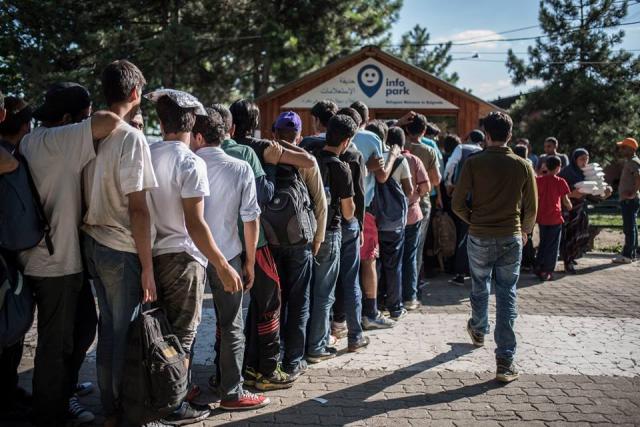
"EU-Turkey deal fails to solve refugee crisis"
On March 6, 2016, when the so-called Balkan route was closed, as many as 1,624 people were located in refugee aid points and centers in Serbia. Today, 6,670 people are accommodated in official camps in the country, which is five times more than a year ago.Over the past year, Serbia has introduced new security measures on its Eastern and Southern border but also raised capacity of asylum and transit centers to over 7,000 beds on 19 locations. In addition to increased capacity, public authorities have the obligation to improve housing conditions and quality of life in the centers in case of prolonged stay in Serbia, because almost all are designed only to address emergency cases and basic needs.
Newly announced conditions for asylum seekers in Hungary directly affect their prolonged stay in Serbia, leading up to new commitments and an increased responsibility for the situation in the centers across the country. The atmosphere among the refugee and migrant population is becoming more depressed: the authorities and civil society organizations working with migrants face rising challenges and handling this situation will be one of the priority tasks for this year. Integration process is taking place in the shadows of mutual consensus: refugees are not interested to stay in Serbia, and public authorities anyway show no enthusiasm to steer them in this direction.
In such discouraging conditions, it is difficult to implement serious programs of cultural, social and economic integration of refugees.
In recent weeks, we are witnessing an increased interest of refugees and migrants to return to Greece, Turkey or their country of origin. Most of these returnees plan to take irregular paths, a reverse Balkan route of sorts. This is causing new problems since this type of migration is unsafe, as it takes place with a high degree of risk and without protection of relevant international organizations. On the other hand, those who decide to continue their travel to Europe are faced with
physical and mental abuse as to deter them from repeated attempts.
One of the main challenges in the future will be resolving the situation for refugees and migrants living in squatted camps, such as the so called barracks, self-organized community behind the railway station in Belgrade that faces closure. These camps represent temporary home for refugees and migrants who do not have confidence in institutional care.
There is a huge concern that in the future these people could be left without adequate protection, apart from support provided by activist and volunteer groups.
Due to continuous rise of the refugee population in Serbia during the first year of the "closed" Balkan route, there is little reason for optimism even in 2017. The nature of the terrain and border security capacities clearly indicate that the borders cannot be sealed, benefiting only the stronger activity of the smuggling groups.
At this point, the entire dynamics of departures and arrivals in Serbia is in the hands of smugglers and, as long as it is not suppressed, it will hamper the decrease of illegal entries. In the second year of a “closed” route, the uncertainty will remain the main characteristic of the situation for all stakeholders.
In the meantime the migration is continuing but, for majority of refugees and migrants, the journey to Europe and life of promise ends in Serbia, in a prolonged wait for solutions and enormous challenges for all parties involved.


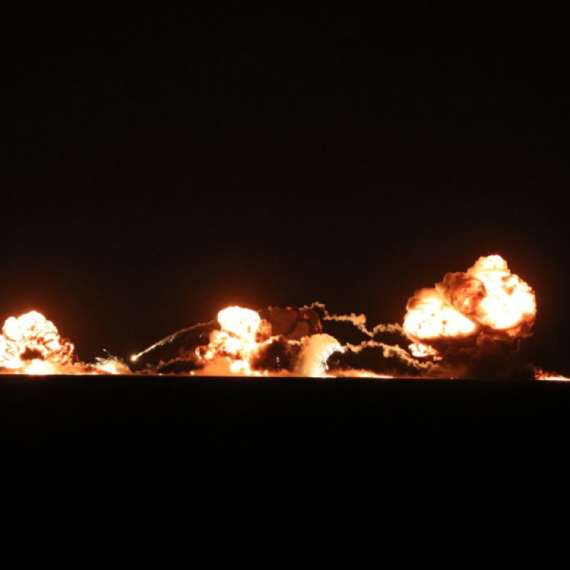
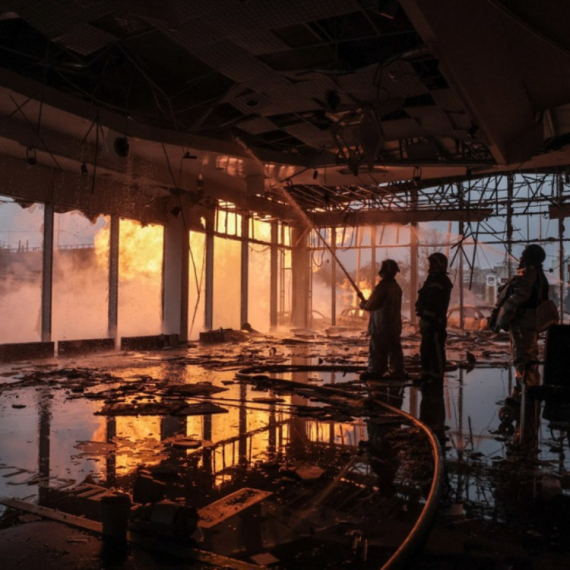
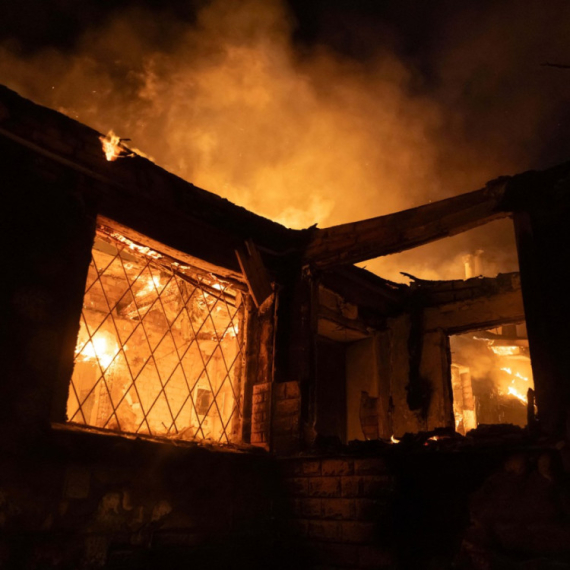
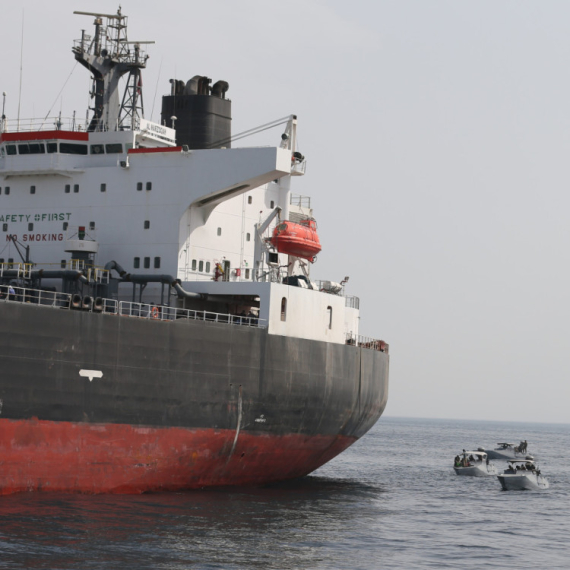



















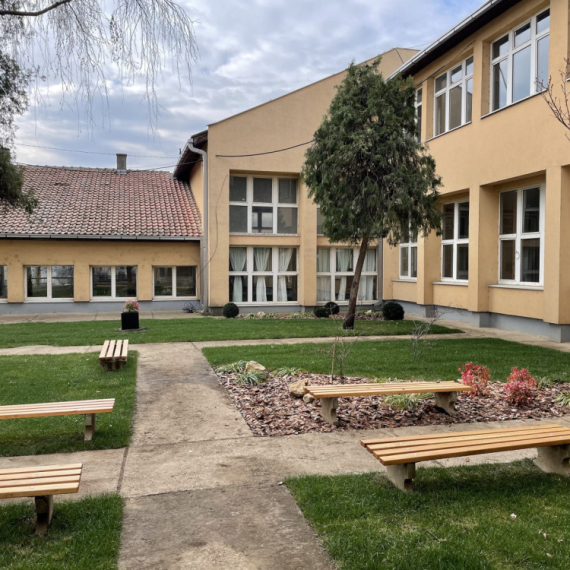


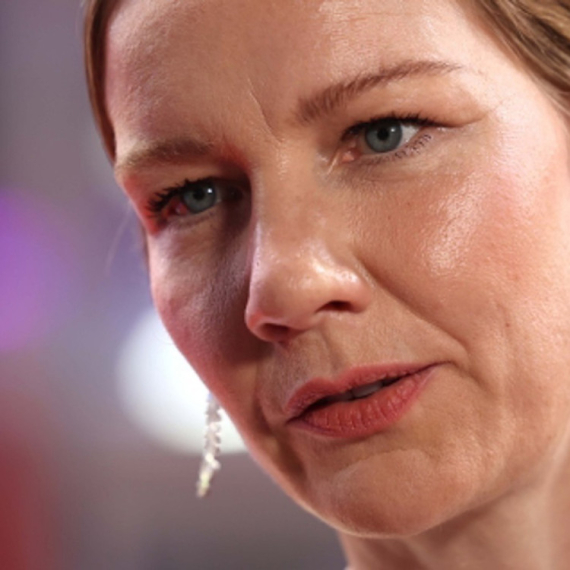












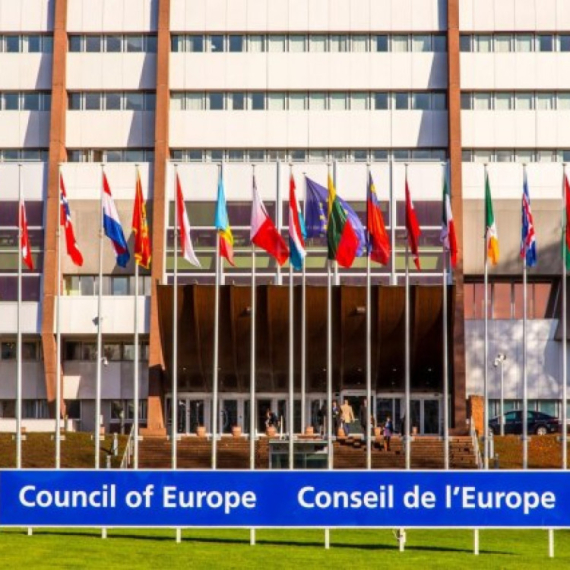



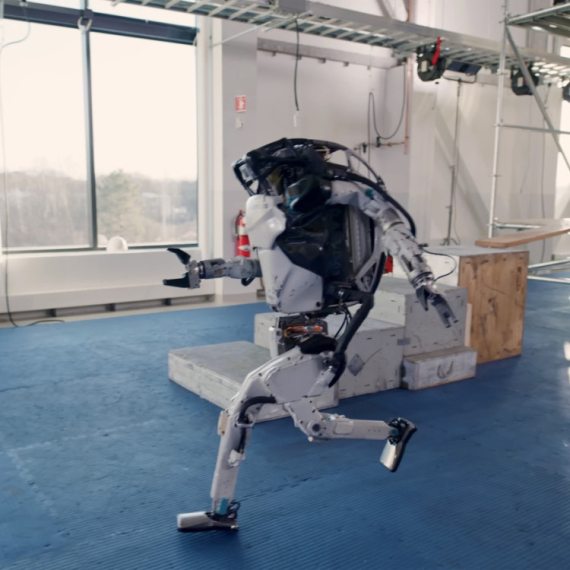





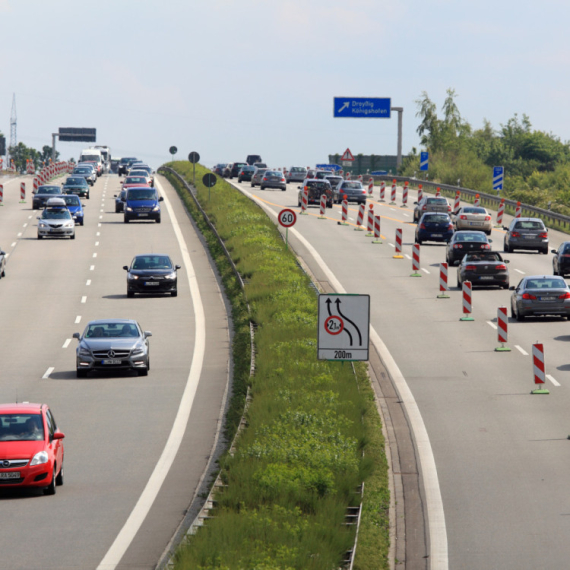

Komentari 0